#pandalid shrimp
Photo


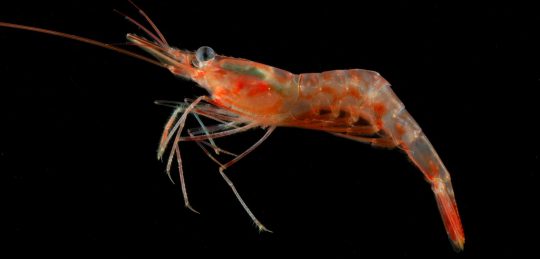
The Shrimp-ly Wonderful Northern Shrimp
A common sight in grocery stores worldwide, Pandalus borealis is known by many names, including the northern shrimp, the pink shrimp, the deep-sea prawn, and the coldwater prawn. In fact, the species is not a prawn but a shrimp; the difference is that shrimp have one pair of legs ending in claws while prawns have three pairs. P. borealis can be found along muddy ocean floors throughout the northern Atlantic and Pacific-- though some regard the two populations as being separate species. Within this range, they typically inhabit cold waters, from -1 °C to 6 °C (30 °F to 43 °F).
As the name implies, pink shrimp are bright pink or red in color, though parts of their bodies are somewhat translucent. Males are smaller than females, at only 12 cm (4.7 in) to their 16 cm (6 in) in length. As a decapod, they have ten legs; the first three pairs, called the maxillipeds are used as mouth parts, while the rest are adapted for swimming. The abdomen is divided into six segments, while the head and the thorax are fused together and protected by a thick shell known as the carapace. P. borealis’ eyes are compound eyes, like those of an insect, and are excellent at detecting movement in the dim light of the deep ocean. Additionally, their long antennae allow it to smell and taste chemicals in the water, assessing the location and suitability of prey.
The coldwater prawn lives in large schools of up to several hundred, though they have no set social structure and do not defend territories. They spend most of their time on the ocean floor, feeding on plankton and carrion. In the coldest parts of the Arctic, this makes them important members of the food web as they can recycle nutrients back into the system. In addition to widespread human predation, a number of octopi, seals, and fish are known to feed on the pink shrimp where available.
P. borealis breeds once a year, from July to September. Males release pheromones as they approach females to signal they are ready to breed, and afterwards the female will carry the stored sperm for up to eight months before fertilizing her eggs. In spring, while the water is still cold, egg-carrying females will migrate close to shore and lay their eggs-- up to 5,000 in a single clutch. The hatched larvae are all male, though they will go through six molts over the course of a year before migrating back to deeper waters and becoming sexually active. They will remain reproductive males for only about a year before molting again and transitioning to female; this is a type of hermaphroditism known as protandry. Individuals will spend the rest of their lives-- typically about eight years-- as a female.
Conservation status: Though they have not been evaluated by the IUCN, the pink shrimp is considered severely overfished in many parts of its native range. Trawling in particular poses a serious threat, as parts of a school not caught will still become stressed and die before reaching maturity. Ocean warming has also damaged populations, since this species thrives only in cold water.
If you like what I do, consider leaving a tip or buying me a ko-fi!
Photos
David Shale
Greenland Institute of Natural Resources
Erling Svenson
#northern shrimp#pink shrimp#Decapoda#Pandalidae#pandalid shrimp#true shrimp#shrimp#decapods#crustaceans#Arthropods#marine fauna#marine arthropods#benthic fauna#benthic arthropods#deep sea#deep sea arthropods#atlantic ocean#Pacific Ocean#animal facts#biology#zoology#queer animals#queer fauna
133 notes
·
View notes
Photo

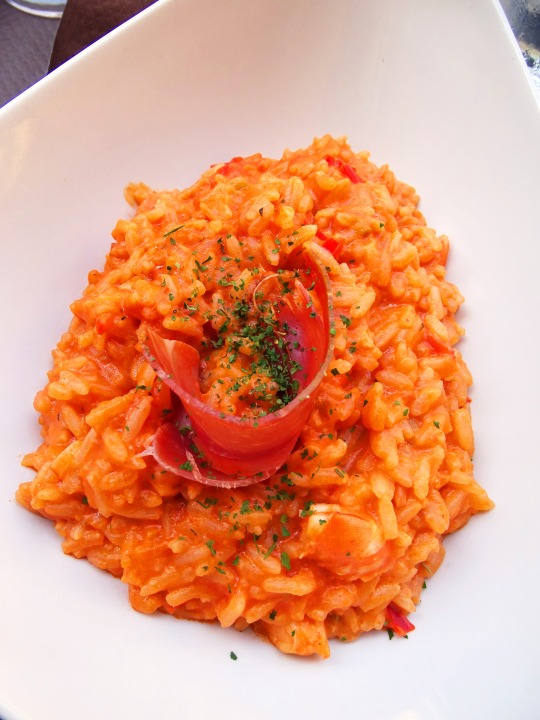
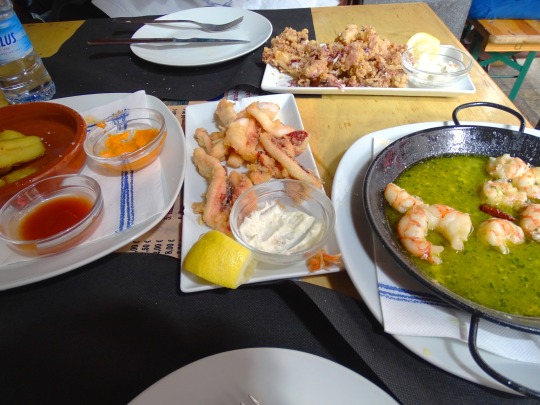


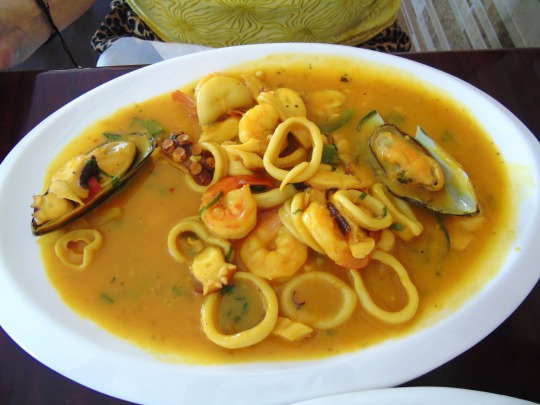
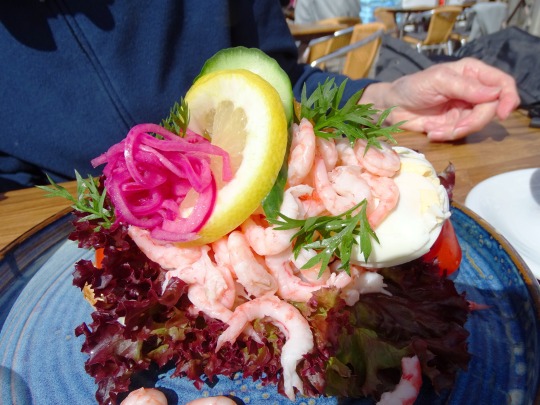


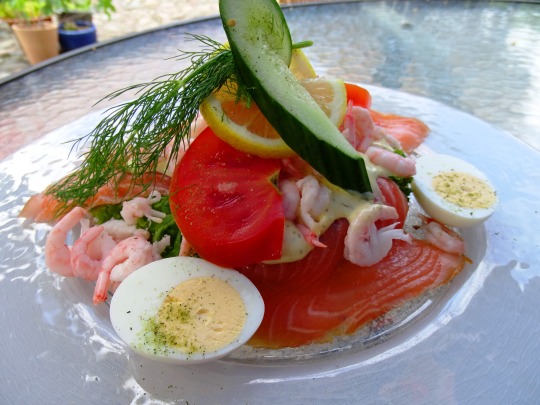
National Shrimp Day
Epicures, chefs, suppliers, associations, restaurants, and others celebrate shrimp today, the most widely eaten crustacean in the United States. As part of the day, videos and recipes are shared, contests are organized, specials are offered, and shrimp are eaten.
There are many species of shrimp. Some large shrimp are known as prawns. Coldwater shrimp, known as pandalid shrimp, are small shrimp found in the ocean waters in the northeast and northwest regions of the United States and Canada. One of these is the Pandalus borealis, a pink-hued shrimp used in chowders, soups, and salads. Warm water shrimp are found in tropical and subtropical regions around the world. These include white, brown, and pink shrimp, as well as hopper, tiger, and banana shrimp. These shrimp vary in size, taste, texture, and cost.
Wild shrimp, classified as either warm water or cold water shrimp, are caught in coastal ocean waters. These shrimp are well regulated, and make up less than ten percent of the shrimp consumed in the United States. Wild shrimp caught on the coasts of the United States are known as domestic shrimp. Farmed shrimp are warm water shrimp that are grown in open and closed pond systems and given formulated feeds. Over ninety percent of the shrimp eaten in the United States are farmed shrimp raised in other parts of the world. Imported shrimp usually means farmed shrimp that come from either Asia or the Pacific and Gulf coasts of Central America and South America.
Shrimp may be purchased refrigerated or frozen, the latter being the most common. They may be purchased whole or peeled, headless, tailless, and deveined. They are usually sold by weight and are categorized into sizes: jumbo, extra-large, large, medium, and small. Shrimp provide lean protein, are low in fat, and contain iron, vitamin B12, choline, selenium, and omega-3s. Their nutrients benefit the heart, boost immunity, and fight inflammation. Although, they do contain more sodium and cholesterol than other seafood.
Shrimp are versatile and can be eaten raw or cooked. They can be canned, smoked, or pickled, and can be deep-fried, pan-fried, skillet-fried, boiled, grilled, barbequed, or baked. They can be breaded or left plain. They can be made with rice and can be used in soups, chowders, and salads. Coconut shrimp, jambalaya, gumbo, scampi, poon choi, and okonomiyaki are some common dishes shrimp are used in. Cacciucco, paella de marisco, and caldeirada are European dishes where shrimp can be found. Shrimp curry is common in Asia. On National Shrimp Day, we celebrate all types of shrimp and all the dishes that can be made with them.
How to Observe National Shrimp Day
Some ways you could observe the day include:
Make a dish that contains shrimp.
Catch some shrimp.
Keep an eye out for contests being organized, shrimp videos and recipes being shared, and restaurants offering specials.
Host a shrimp party. You could ask everyone who attends to bring a dish that contains shrimp.
Source
#sweet shrimp rice#garlic shrimp#Salmon & Shrimps Smørrebrød#Spain#USA#Sweden#food#restaurant#original photography#travel#vacation#tourism#seafood#Shrimp Sandwich#Shrimp and grits#egg roll#Canada#Cau Cau de Maricos#Sverige#España#Portugal#tapas#appetizer#entrée#National Shrimp Day#NationalShrimpDay#10 May
3 notes
·
View notes